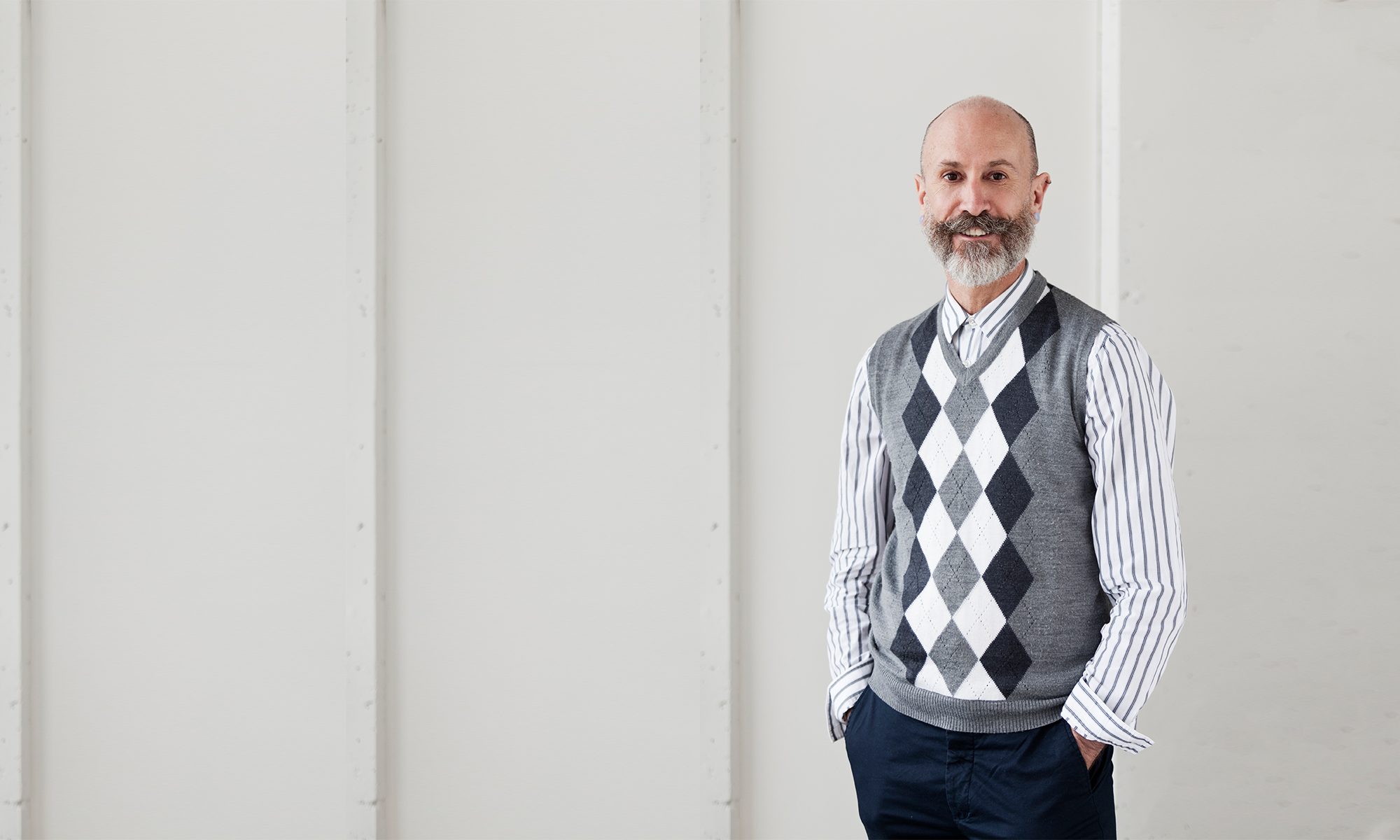Two simple words with an amazingly interdependent relationship in the way periods of Growth necessitate Rest, and periods of Rest fortify Growth. Just like day & night or ebb & flow – Growth & Rest are inseparable. Growth & Rest play important roles in a myriad of situations like learning to speak a language, developing athletic skills, practicing yoga or Tai Chi, preparing a meal, and learning to play a musical instrument. With Growth comes an adjustment to the way we do things. When we take time to Rest our body, mind, heart, and soul, we equip ourselves for taking on Growth.
What’s interesting is how an exclusive focus on Growth may produce desirable outcomes. Yet, at the same time there’s something that rings ever so slightly unhealthy and unsustainable about it. Similarly, a routine of persistent Rest may be comfortable for a certain length of time, although the prospect of permanent couch potato status seems less than attractive. So, what happens when music teachers use Growth & Rest to nurture their students’ musical development? What’s involved?
First of all, I should say that Growth & Rest is much more nuanced than concentrating on a recital program from September to June and subsequently taking the summer off after the performance. That’s called workingfollowed by taking a break. Growth & Rest is more about teachers helping their students to develop musical routines that are engaging, productive, manageable, fulfilling, and sustainable in both the long and short term.
One of the challenges music teachers frequently face with a Growth & Rest approach is that most music method books consist of what I call Growth repertoire. For example, in an elementary book of 20 pieces, the repertoire is typically organized to facilitate incremental student Growth piece by piece. Every selection is a Growth piece. Elsewhere in exam repertoire books, the whole point is to provide consistency in the level of difficulty for students. Thus, there are no Rest pieces. The end result in both cases is an overt emphasis on Growth without the benefits of Rest.
I use a Growth & Rest approach to make sure that all my students maintain a practical and sustainable balance to their musical development. This means, from beginner to advanced students, I don’t treat every single selection they learn with the same intensity. Rather, I make specific choices so that students explore a continuous intermingling of Growth & Rest. Of course, I have favorite Growth & Rest pieces that I use with all my students. However, I never want to lose sight of what my students need, when on occasion supporting my students’ development may require turning a Growth piece into a Rest piece and vice versa.
To say the least, I have immense appreciation for Growth & Rest as an instructional tool. I enjoy its reminder that learning to play a musical instrument naturally involves cyclical patterns of ebb and flow. I value its application from the details of an individual lesson, to the routines of weekly practising, to the underlying structure for months and years of students’ musical development.
My job as music teacher is to assist students with learning to play a musical instrument. One way I help them achieve personal musical success is to support their infinite potential for Growth with Rest that draws from their physical, intellectual, emotional, and spiritual reservoir.
It’s all about tapping into the inseparability of Growth & Rest.
Cheers!
